Medium Grow Wildflowers
Medium flowering seed mix
⇄ View all wildflowers seeds mixtures
Wildflower meadow mix
Medium grow wildflowers is a quick to establish wildflower seed mix that’s perfect for sowing in areas of disrepair, such as road verges, untouched gardens or derelict sites, to bring back some vibrancy.
Medium grow wildflowers can also be sown in beds, borders and pots to create a stunning arrangement of flora that is also RHS Plants for Pollinators approved. This luxury mix is made up of 100% wildflowers – no grass varieties are present in this mixture, and it is, therefore, a premium wildflower mixture. The annual species within the mixture will flower vividly throughout the year one of establishment, followed by the beautiful bloom of the perennial species over the coming seasons.
The wildflower mixtures consist of approximately 18 different wildflowers that differ in color and growth. It is a mix of annual and perennial types. Some of the species are: Yarrow, chicory, oxeye daisy and more.
Key features
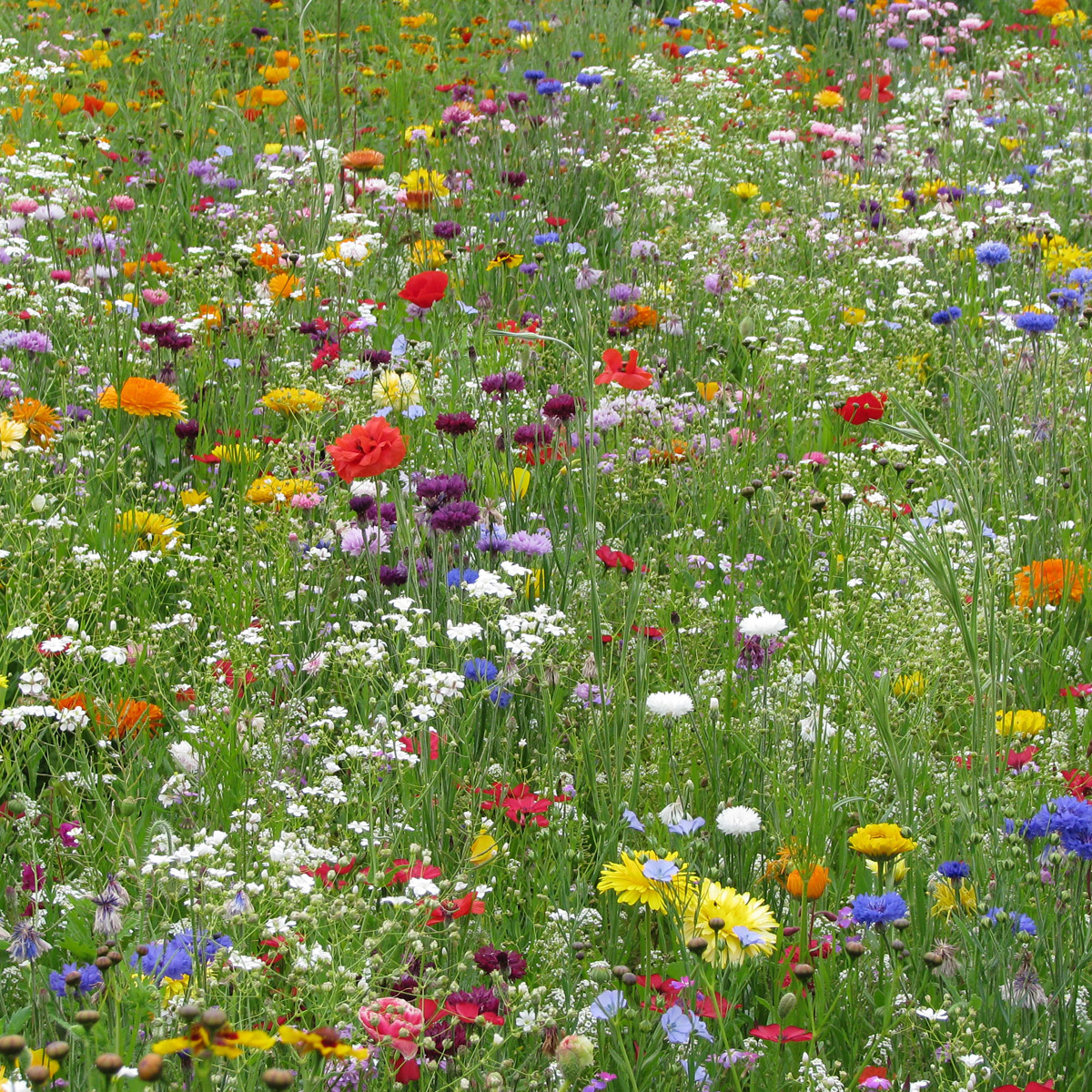
Ratings:
★★★★★★★★★★
Annual
★★★★★★★★★★
Clay soil
★★★★★☆☆☆☆☆
Perennial
★★★★★★★★★★
Sandy soil
★★★★★★★★☆☆
Spring sowing
★★★★★★★☆☆☆
Height
★★★★★★★★★★
Autumn sowing
★★★★★★★★★☆
Safe and biodiversity
Medium grow wildflowers seeds mixture composition
Common name
Scientific name
Germination time
Germination temperature
Flowering colour
Height cm
Bloom time
Yarrow
Achillea millefolium
2 to 4 weeks
21 and 22 °C
Yellow
20 - 45
May to August
Chicory
Cichorium Intybus
2 to 3 weeks
12 and 29 °C
White, pink
30- 100
May to October
Oxeye Daisy
Leucanthemum Vulgare
3 to 4 weeks
15 and 20 °C
White, yellow
10- 40
May to august
Hedge bedstraw
Galium Mollugo
2 to 3 weeks
21 and 22 °C
Yellow
30 - 90
June to September
Birdsfoot
Lotus corniculatus
2 to 4 weeks
15 and 20 °C
Yellow
30 - 70
June to August
Cowslip
Primula veris
4 to 6 weeks
16 and 18 °C
Yellow
15 - 25
April to June
Red campion
Silene dioica
2 to 3 weeks
20 and 23 °C
Red
30 - 90
May to October
Bladder campion
Silene vulgaris
2 to 3 weeks
18 and 20 °C
White, cream
20 - 60
May to September
Sainfoin
Onobrychis Viciifolia
2 to 3 weeks
15 and 25 °C
Pink
20 - 50
May to Septembe
Field scabious
Knautia Arvensis
2 to 4 weeks
18 and 21 °C
Lilac
30 - 100
July to September
Corn cockle
Agrostemma githago
2 to 3 weeks
10 and 12 °C
Purple
60 - 120
June to August
Corn flower
Centaurea cyanus
2 to 3 weeks
18 and 21 °C
Blue
30 - 80
June to August
Corn poppy
Papaver rhoeas
3 to 4 weeks
16 and 24 °C
Red, purple, white
20 - 50
June to August
Buckwheat
Fagopyrum Esculentum
2 to 3 weeks
10 and 35 °C
White
75 - 125
May to August
Viper's bugloss
Echium vulgare
2 to 4 weeks
15 and 40 °C
Blue
60 - 80
June to August
Wild Carrot
Daucus Carota
2 to 3 weeks
10 and 35 °C
Dark Purple
70 - 130
July to September
Great Mullein
Verbascum Thapsus
3 to 4 weeks
10 and 40 °C
Yellow
150 - 200
May to August
Houndstongue
Cynoglossum Officinale
4 to 6 weeks
10 and 15 °C
Reddish-Purple
30 - 120
May to September
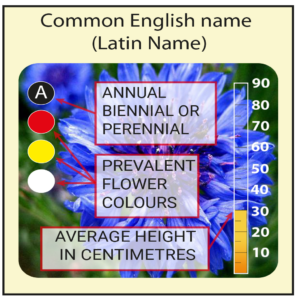
Flower Identificator
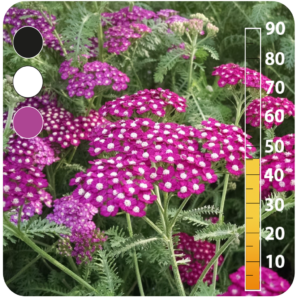
Yarrow
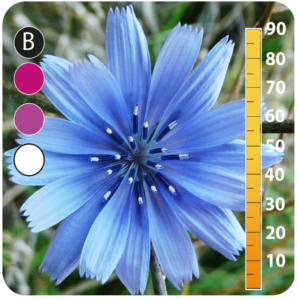
Chicory
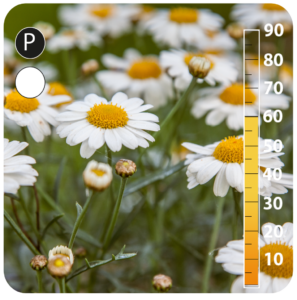
Oxeye daisy
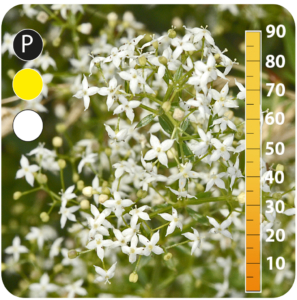
Hedge bedstraw
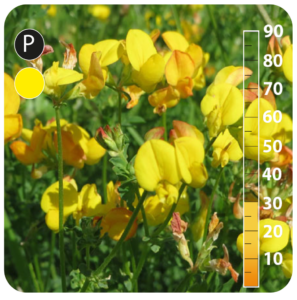
Birdsfoot
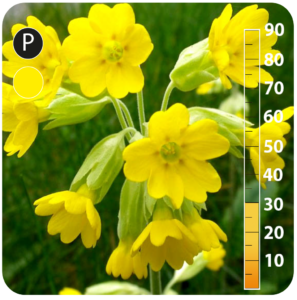
Cowslip
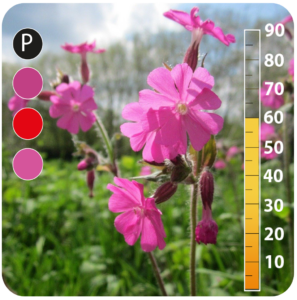
Red campion
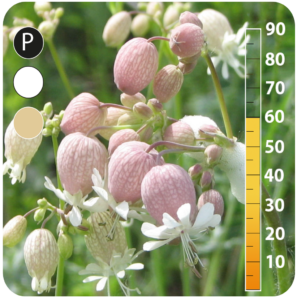
Bladder campion
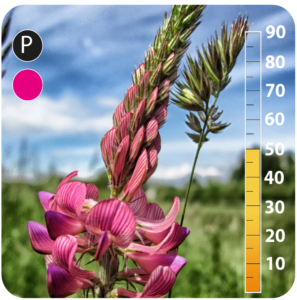
Sainfoin
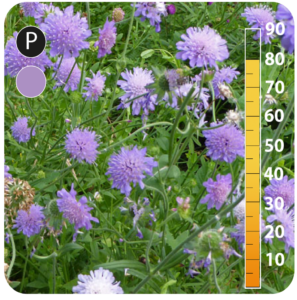
Field scabious
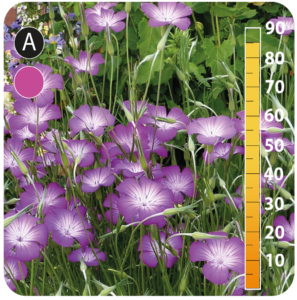
Corn cockle
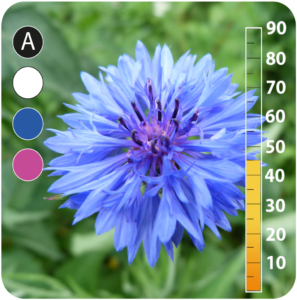
Cornflower
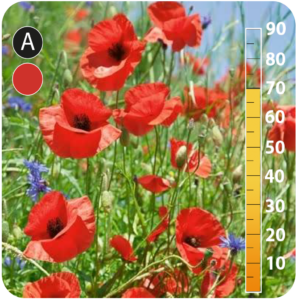
Corn poppy
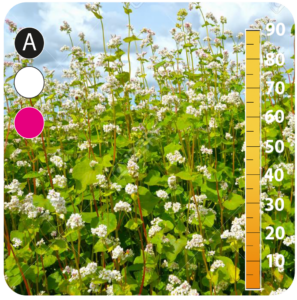
Buckwheat
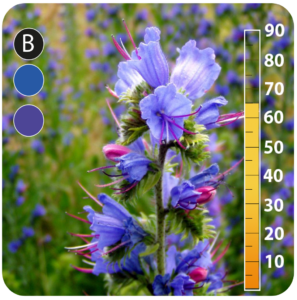
Viper's bugloss
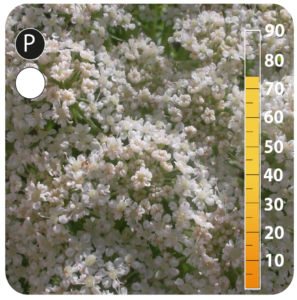
Wild carrot
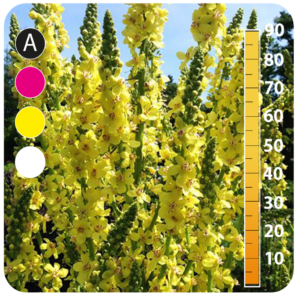
Great Mullein
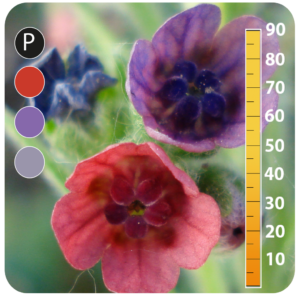
Houndstongue
Packaging solution for the medium-growing wildflower seed mat roll
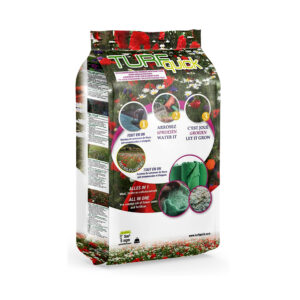
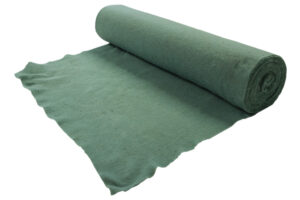

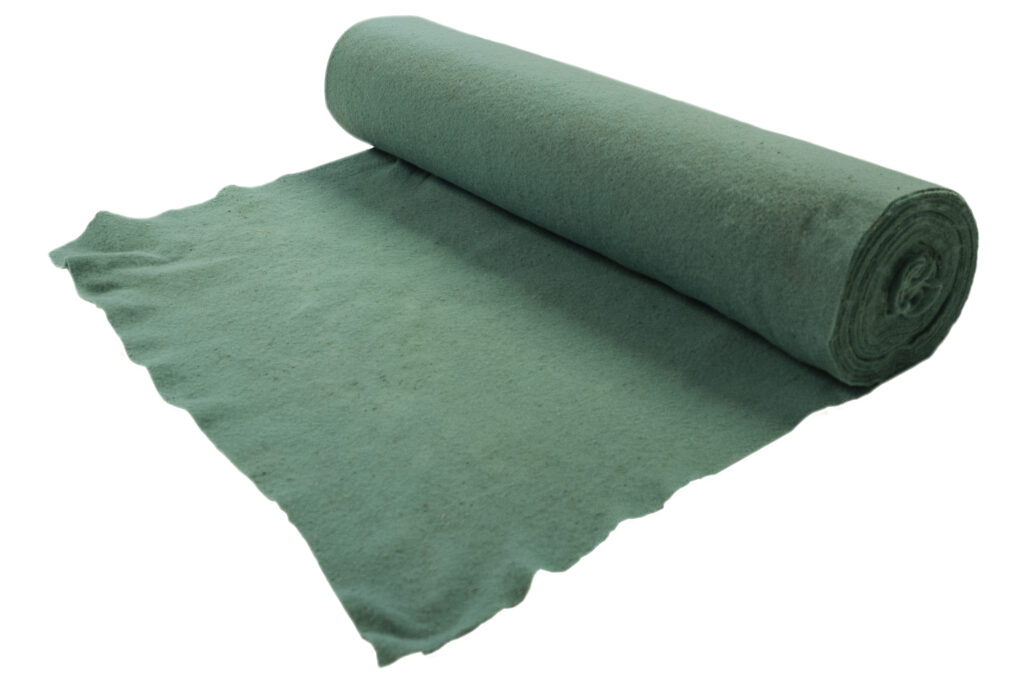


Technical specifications
Product name:
Medium Grow 120 m2.
EAN CODE
7350 00391 5027
Material and contents per m2
Specification
Net weight:
approx. 80 grams per m2
Flower seed mixes:
approx. 5 grams per m2
Cellulose fiber:
approx. 70 grams per m2
MOQ
4 pcs EUR-pallet = 120 x 80x 215cm
Roll Dimensions:
2.40 m x 50 m = 120 m2.
Attribute:
Annual Wildflower Mixture
Net weight:
9.6 kg
Download the data sheet in PDF format
Technical specifications
Product name:
Medium Grow 60 m2.
EAN CODE
7350 00391 5027
Material and contents per m2
Specification
Net weight:
approx. 80 grams per m2
Flower seed mixes:
approx. 5 grams per m2
Cellulose fiber:
approx. 70 grams per m2
MOQ
20 pcs EUR-pallet = 120 x 80x 215cm
Roll Dimensions:
1.20 m x 50 m = 60 m2.
Attribute:
Annual Wildflower Mixture
Net weight:
4.8 kg
Download the data sheet in PDF format
Technical specifications
Product name:
Medium Grow 5 m2.
EAN CODE
7350 00391 5027
Material and contents per m2
Specification
Net weight:
approx. 80 grams per m2
Flower seed mixes:
approx. 5 grams per m2
Cellulose fiber:
approx. 70 grams per m2
MOQ
375 pcs EUR-pallet = 120 x 80x 215cm
Roll Dimensions:
0.80 cm x 12.50 m = 5 m2.
Attribute:
Annual Wildflower Mixture
Net weight:
0.7 kg
Download the data sheet in PDF format
When is the best time to plant our wildflower seeds mats?
For best results sow in March/April or in September.
Wildflowers add a great variety of vibrant and versatile blooms to your garden, but that is not the only thing they offer! They are also a vital food source for bees and pollinators and provide year-round habitat for local wildlife, especially birds.
Autumn is the best time to sow wildflower seeds. Planting wildflower seeds during this season gives you the earliest display of wildflowers the following year. However, wildflower seeds can be planted throughout the year and will begin to bloom around 60-80 days. Be aware that it may be the case that your newly-planted wildflower seeds do not bloom until after their first winter season.
Germination: 4 to 6 weeks in ideal conditions.
Height: 30-60 cm
Content: 18 Perennial and Annuals wildflowers
Seed rate: about 3-5 gr/m²

Scan or click the code
to see the installation
Watering wildflowers FAQs
Should you water wildflowers?
Established wildflowers don’t need extra watering. However, wildflower seedlings and young plants should be watered until they become established.
What time of day should you water wildflowers?
Morning is the best time of day to water wildflowers. This prevents them from sitting in wet soil overnight or losing too much water during hot afternoons.
How long should you water the wildflower garden?
When starting a wildflower garden, water annual wildflower seedlings for approximately six weeks until they become established.
